This post will be updated on a regular basis. Please note that the comparison or suggestions will be very subjective based on the author’s preference and own experience.
Quick Summary:
| Film Series | Technology | Usage |
|---|---|---|
| Delta series | New technology | Better sharpness, less grainy at same ISO. |
| PLUS series | Established technology | Better for push and pull. |
| SFX 200 | Higher red sensitivity | Use with red filter to produce infra-red like effect. |
| XP2 SUPER | C41 processing | Suitable for push and pull between 50 and 800. |
| ORTHO PLUS | Orthochromatic | Blue and green sensitive, not red sensitive. |
Ilford claims that the distinction between the so-called processional and consumer films is non-existent in their product lineups,1 unlike Fujifilm or Kodak, which, in their products names, indicate whether the films are for professional or normal uses.
However, the differences exist regarding ISO, grain size and the the ability to push and pull.
Push or pull allows films to be shot at different ISO from their rated ones, adding versatility to various lighting conditions or speed requirements.
Pushed or pulled films require adjusted time of chemical processing and will produce different grainy effects.
Detailed Specifications:
| Film Name | ISO | Price | Note |
|---|---|---|---|
| XP2 SUPER | 400 | 9.59 | C-41 processing, wide latitude, good highlights, fine grain. |
| ORTHO PLUS | 80 | 11.62 | For landscapes with great sharpness, ISO 40 in Tungsten light, fine grain. |
| DELTA 100 | 100 | 9.4 | Super fine grain with maximized detail and sharpness. |
| DELTA 3200 | 3200 | 12.48 | High speed film for low light and fast action. |
| DELTA 400 | 400 | 9.4 | Generic high speed film with maximized sharpness. |
| FP4 PLUS | 125 | 7.06 | For good light conditions, medium contrast, outstanding sharpness, fine grain. |
| HP5 PLUS | 400 | 6.93 | Medium contrast, all-purpose, high speed film, suitable for push and pull. |
| PAN F Plus | 50 | 10.15 | For studio and bright natural light, high contrast, super sharp, super fine grain. |
| SFX 200 | 200 | 12.08 | Medium speed, extend red sensitivity, suitable for filters. |
The price, as checked on 8/14/2021, is in USD for each cassette with 36 exposures. However, some products may have a lower price for cassettes with 24 exposures. Generally speaking, shops that develop films charge their customers on a per roll basis. 24 or 36 exposure rolls are charged the same amount of money for processing. Why not pay a dollar more when purchasing films and get an extra 12 shots?
The only benefit of using 24 exposure cassettes seems to be that the photographer can change films more quickly without worrying about finishing the last few shots in the camera.
Camera and Lens:
Nikon F5, “a camera imported from the future”, is used for taking photos. F5, shown in the picture taken from the Nikon site, is very bulky and heavy, but does the job quite well.2
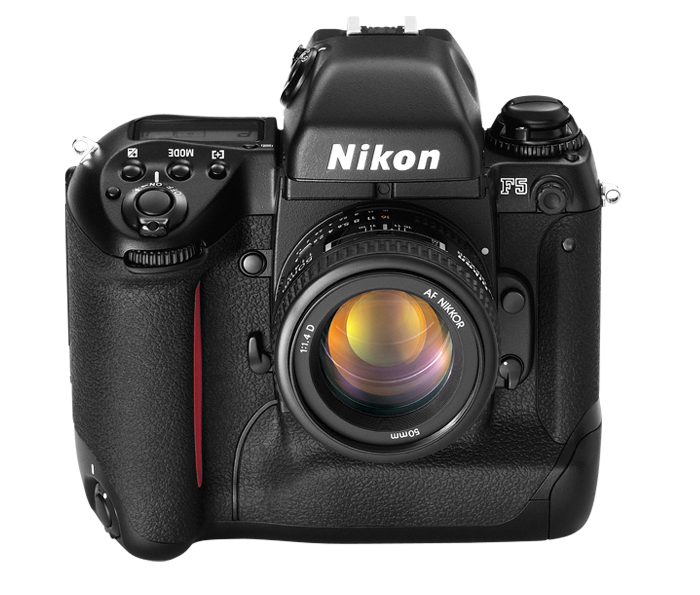
The lens is Nikkor 28-105mm f/3.5-4.5 D IF 3 with a micro switch that allows shorter focus distance, yielding a maximum reproduction ratio of 1:2.
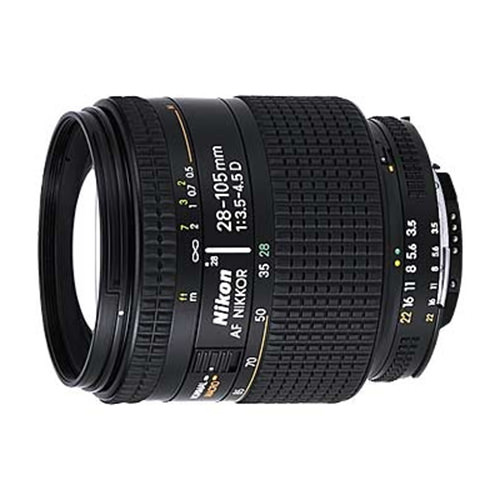
Filters
A simple demonstration of how B&W films capture colors will be the following, taken from the Hoya site.4

Using color filters with B&W films is a good idea for boosting contrast and making colors more distinctive. For panchromatic films, color filters will make the film less sensitive to some regions of the visible light spectrum. As a result, some colors appear brighter and some look darker. Human eyes are more sensitive to yellow or green lights. Using a yellow filter produces B&W images that look more “natural” in the perspective of human visions even though colors are converted to black and white and brightness is represented in greyscale.
Color filters act as ND filters as well: reducing the amount of light entering the lens and leading to a slower shutter speed. Different color filters have different levels of light reduction effect.
HP5 PLUS
The HP5 PLUS is where the write starts. Ilford claims the film can be pushed up to ISO 3200, a full 3 stops5
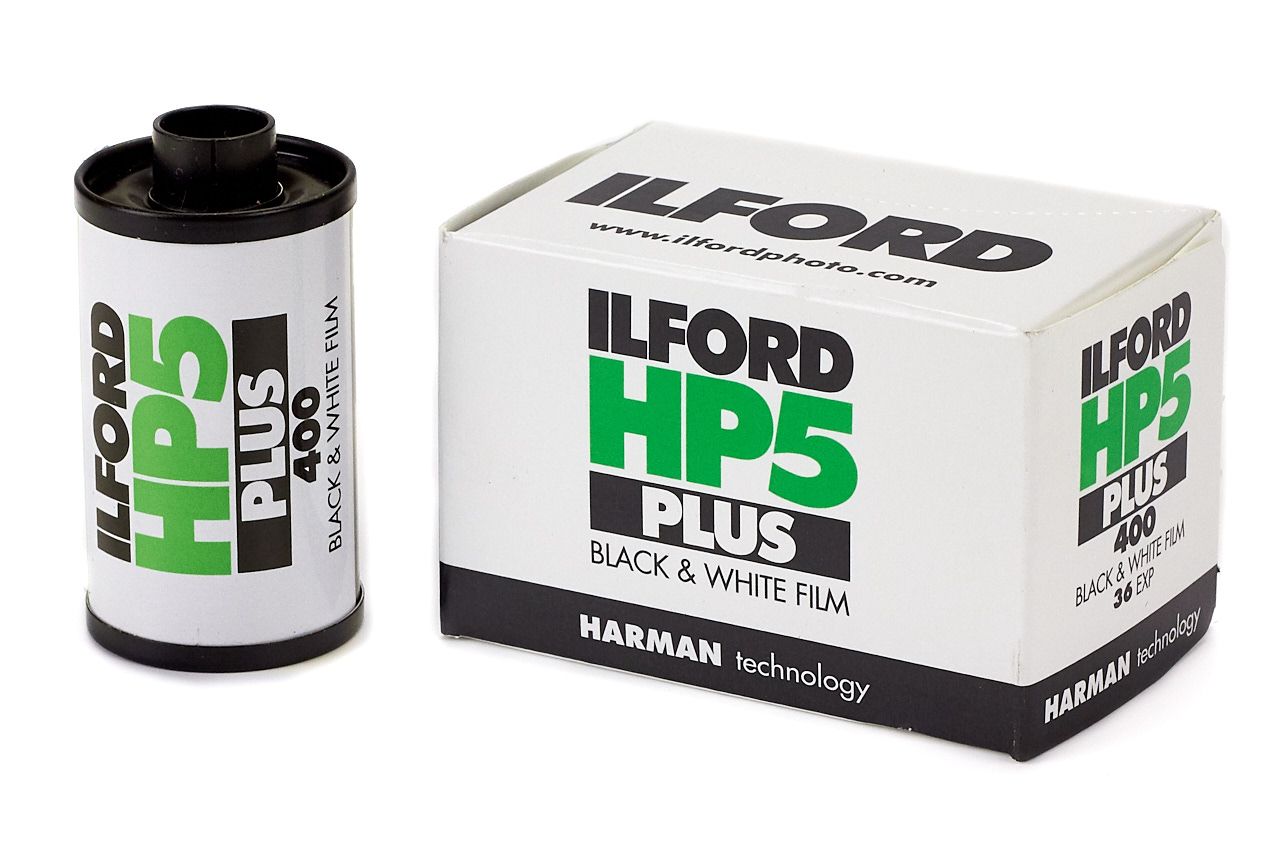
Here are some photos shot at different ISO and with/without filters.
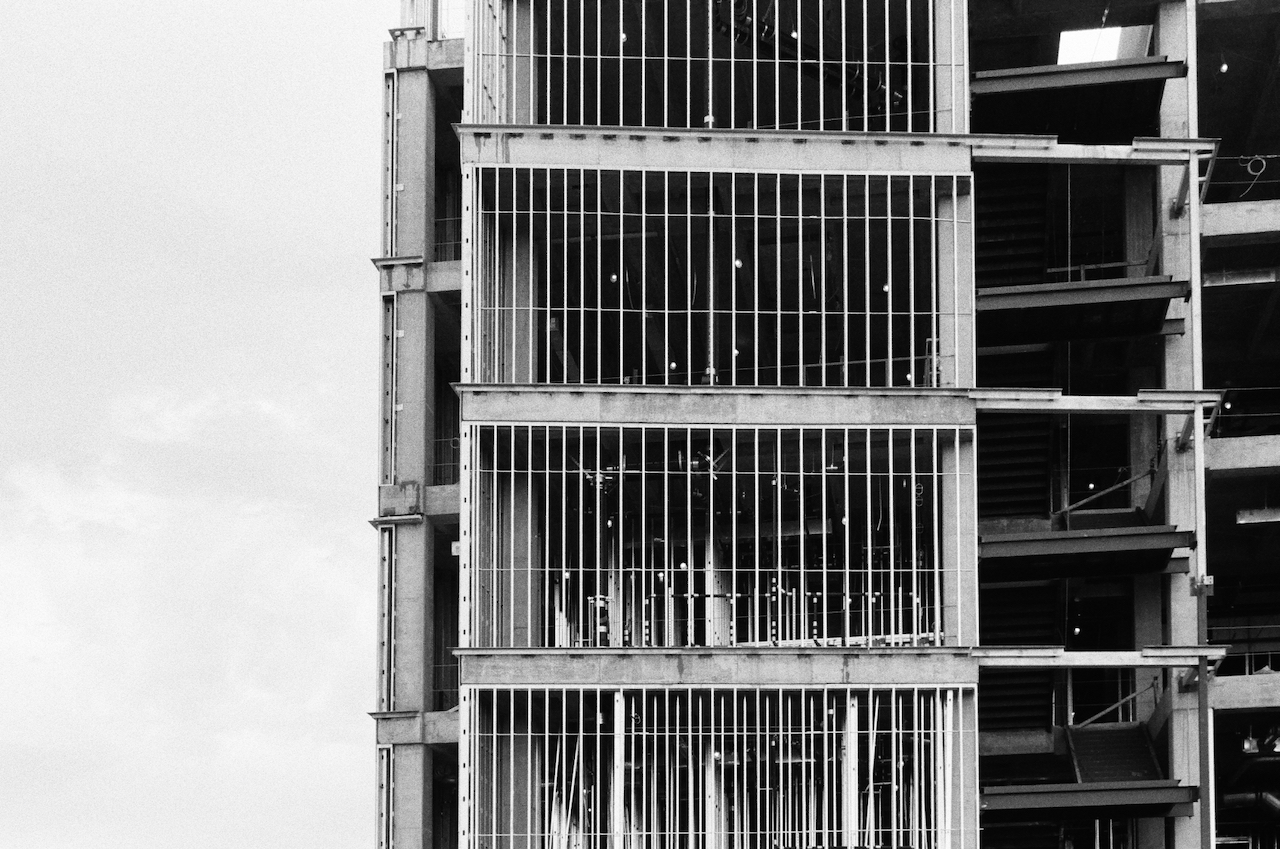
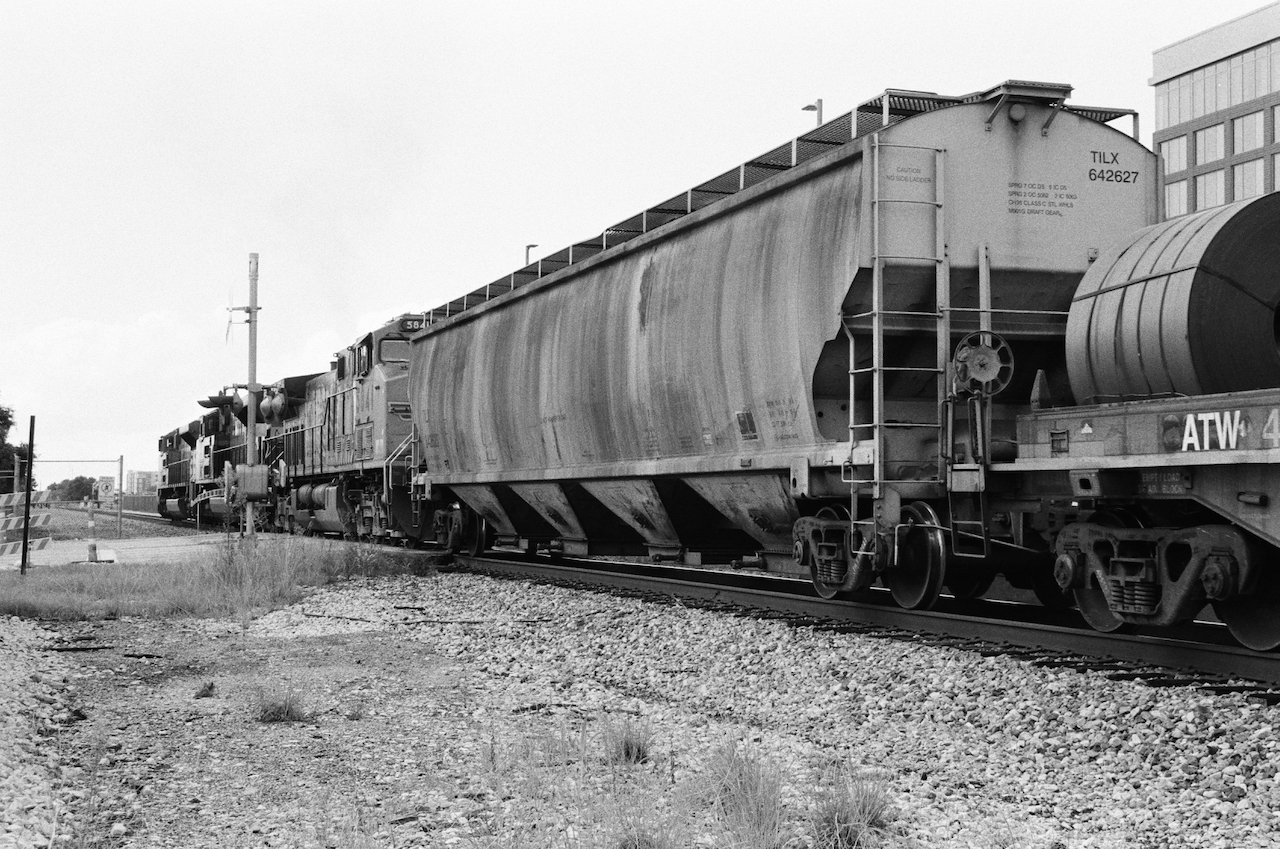
FP4 PLUS
Ilford FP4 PLUS is one of the films in the PLUS lineup. The technology is relatively old compared with the Delta lineup.
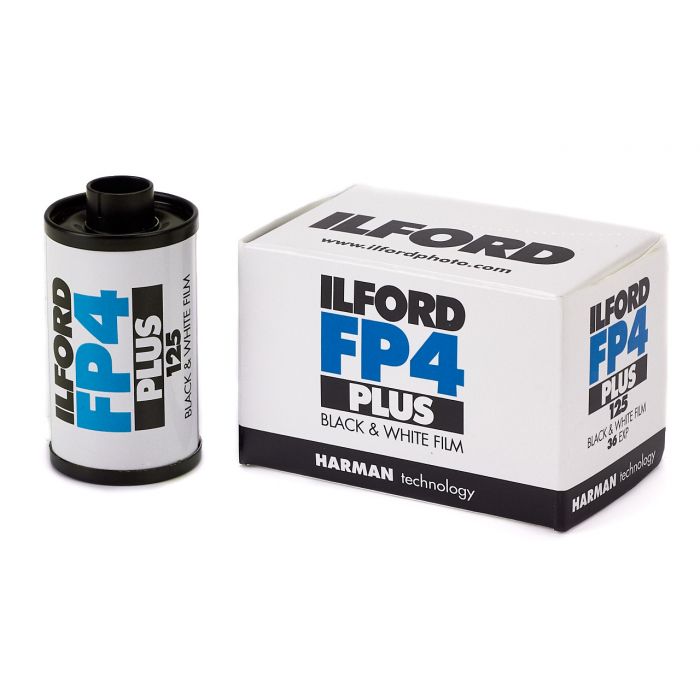
Different filters are used during the test shots.
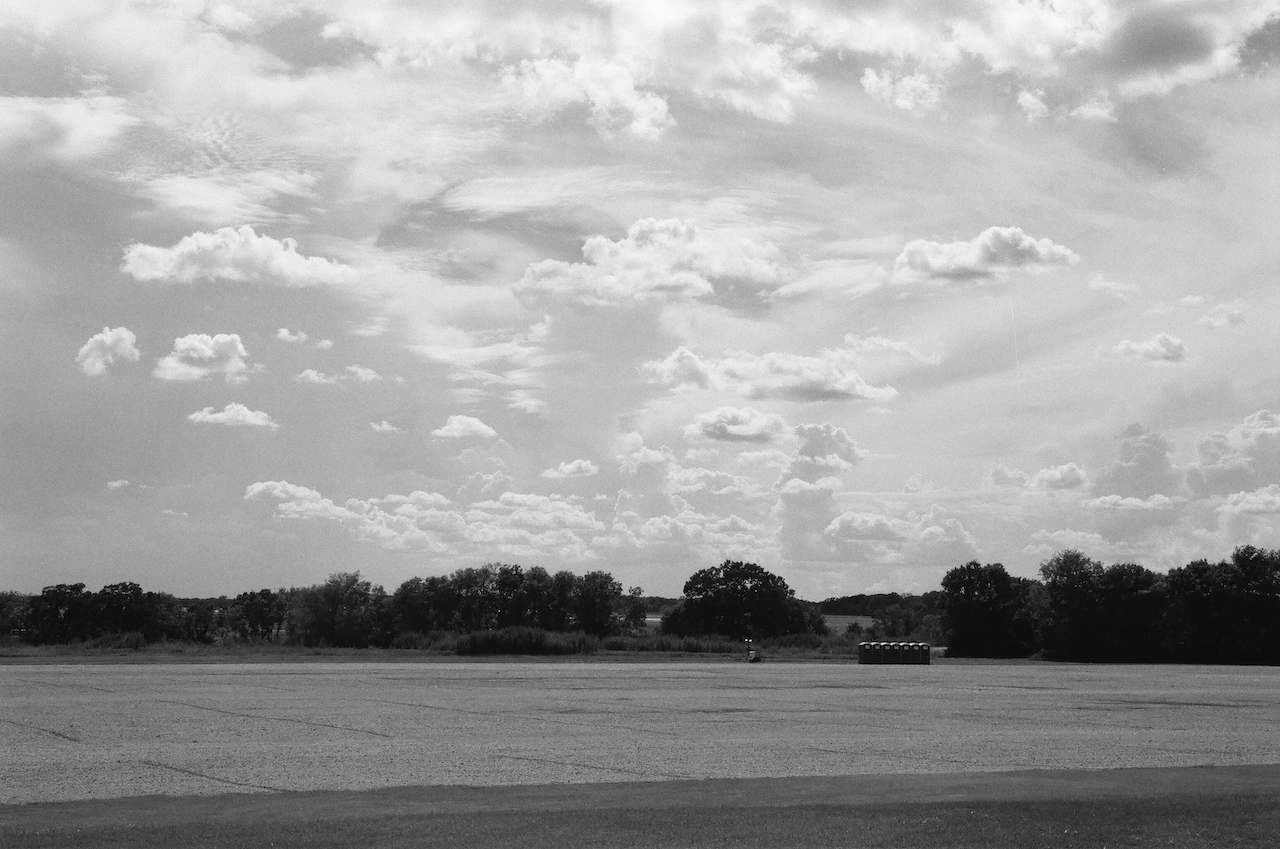 |
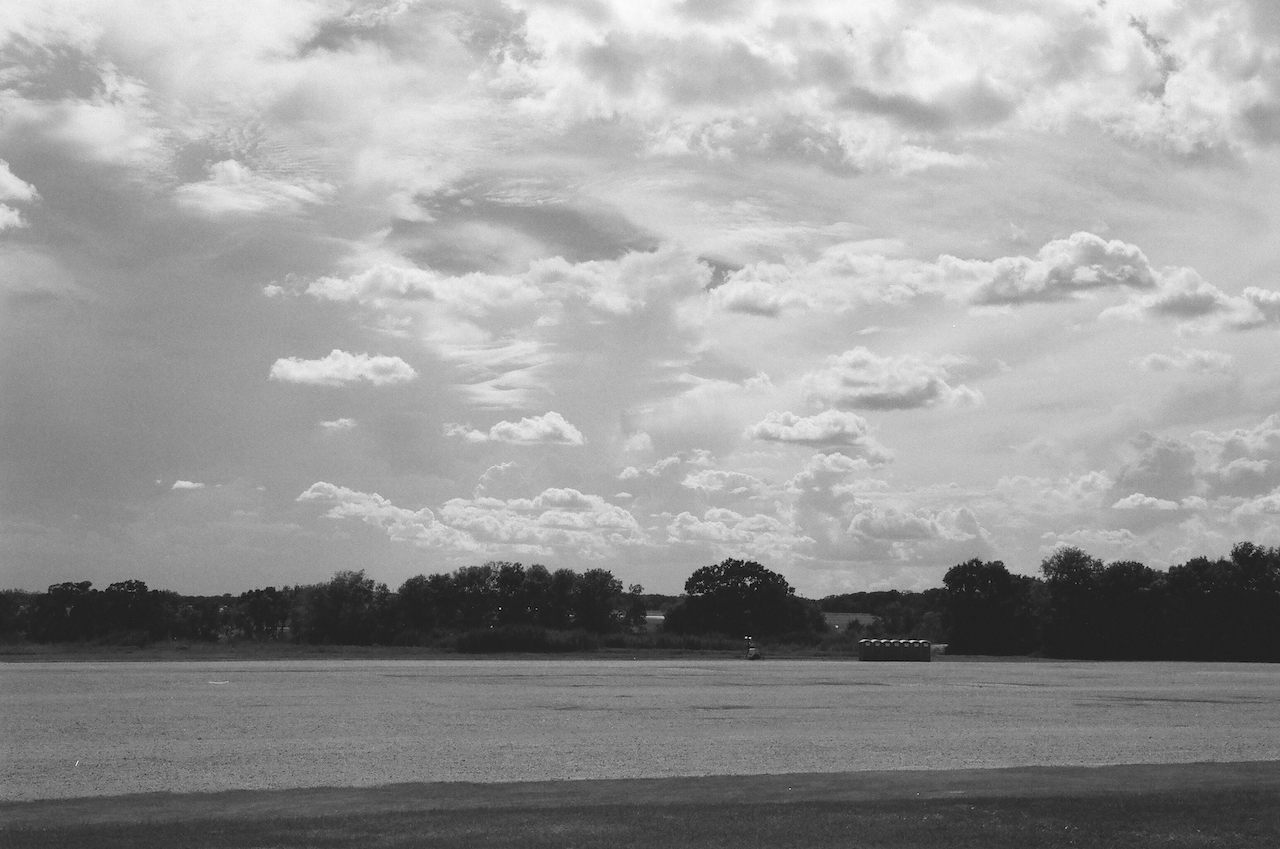 |
|---|---|
| FP4 PLUS @ ISO 125, yellow filter. | FP4 PLUS @ ISO 125, red filter. |
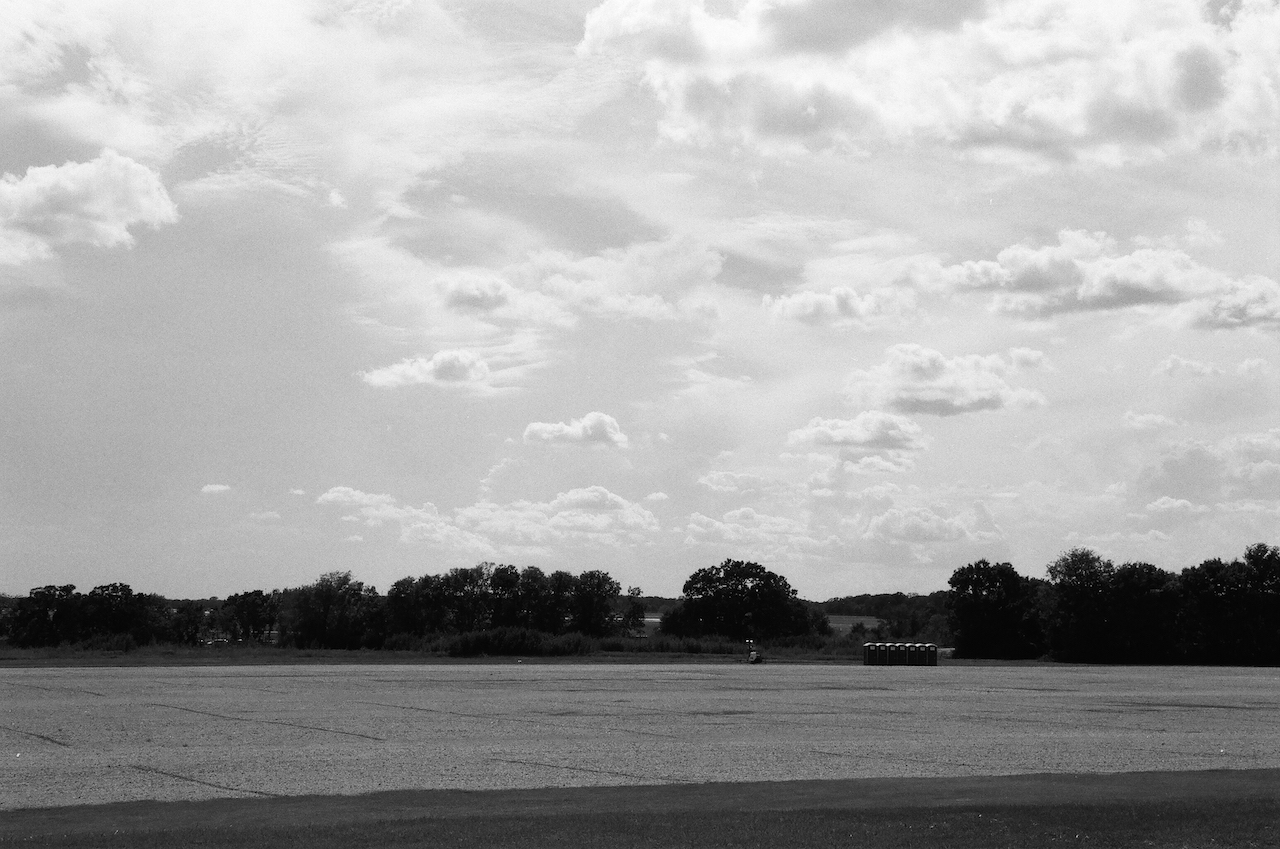 |
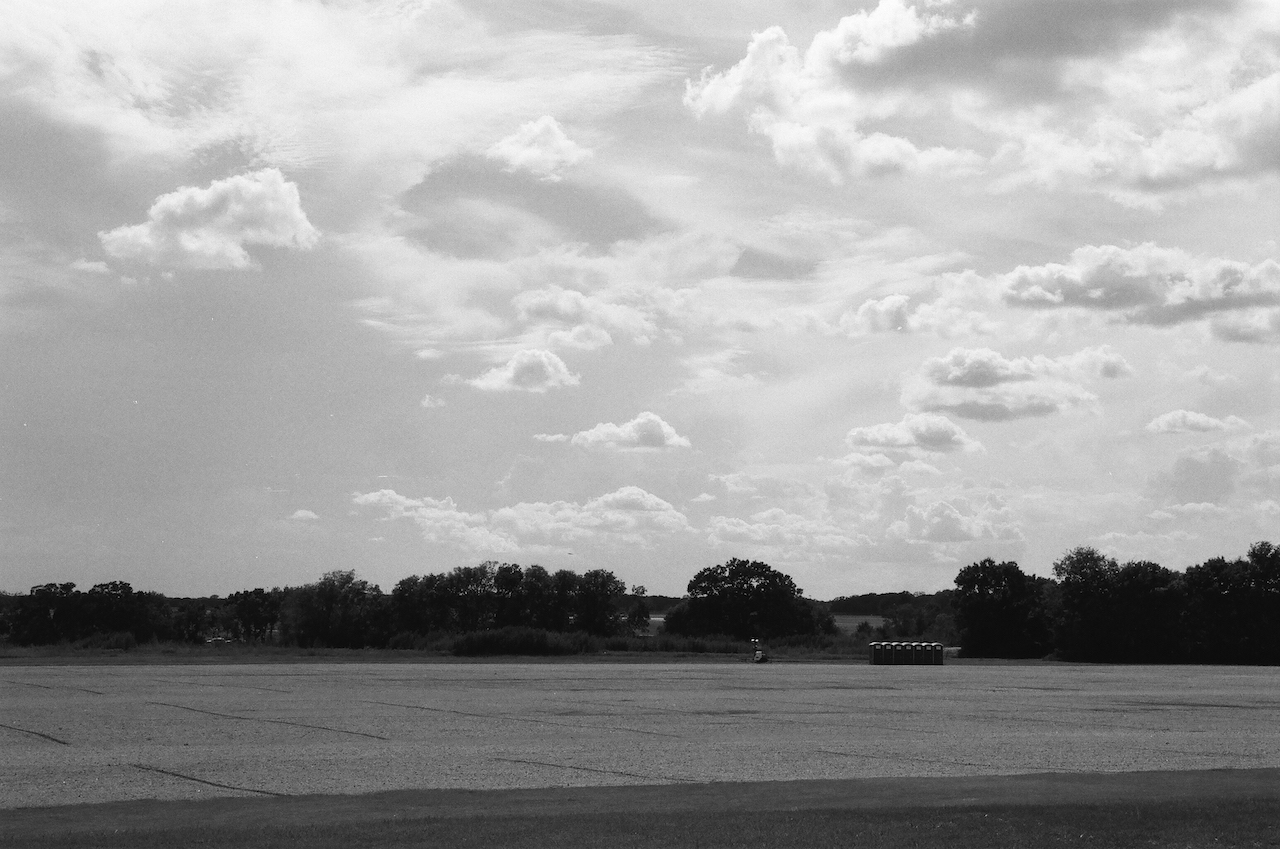 |
| FP4 PLUS @ ISO 125, UV filter. | FP4 PLUS @ ISO 125, polarizer filter. |
Shots with a color filter on appear to have higher contrast. In particular, the clouds are darkened a bit. However, the dark part of the image, such as trees, are very difficult to expose any details.
Also use the following picture as a reference.
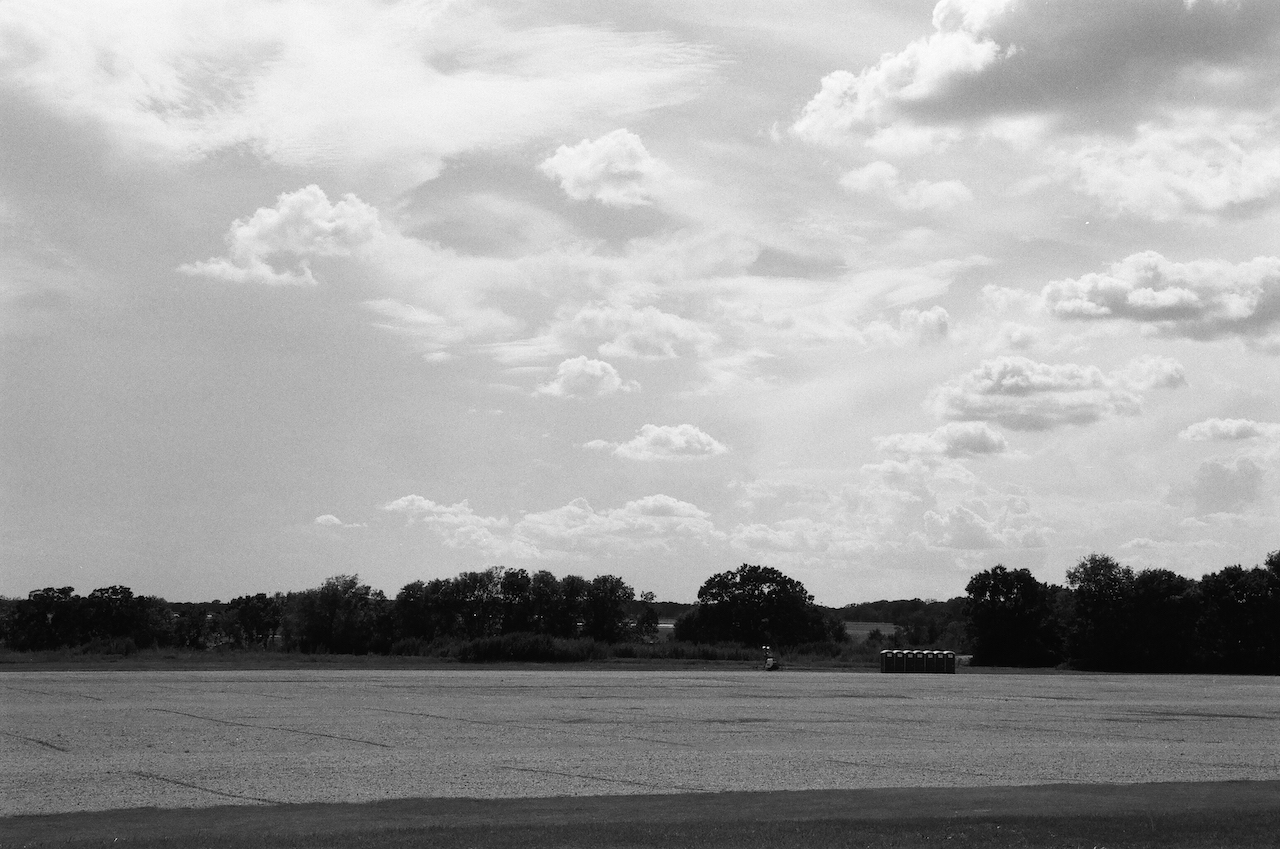
One more shot with yellow filter on.
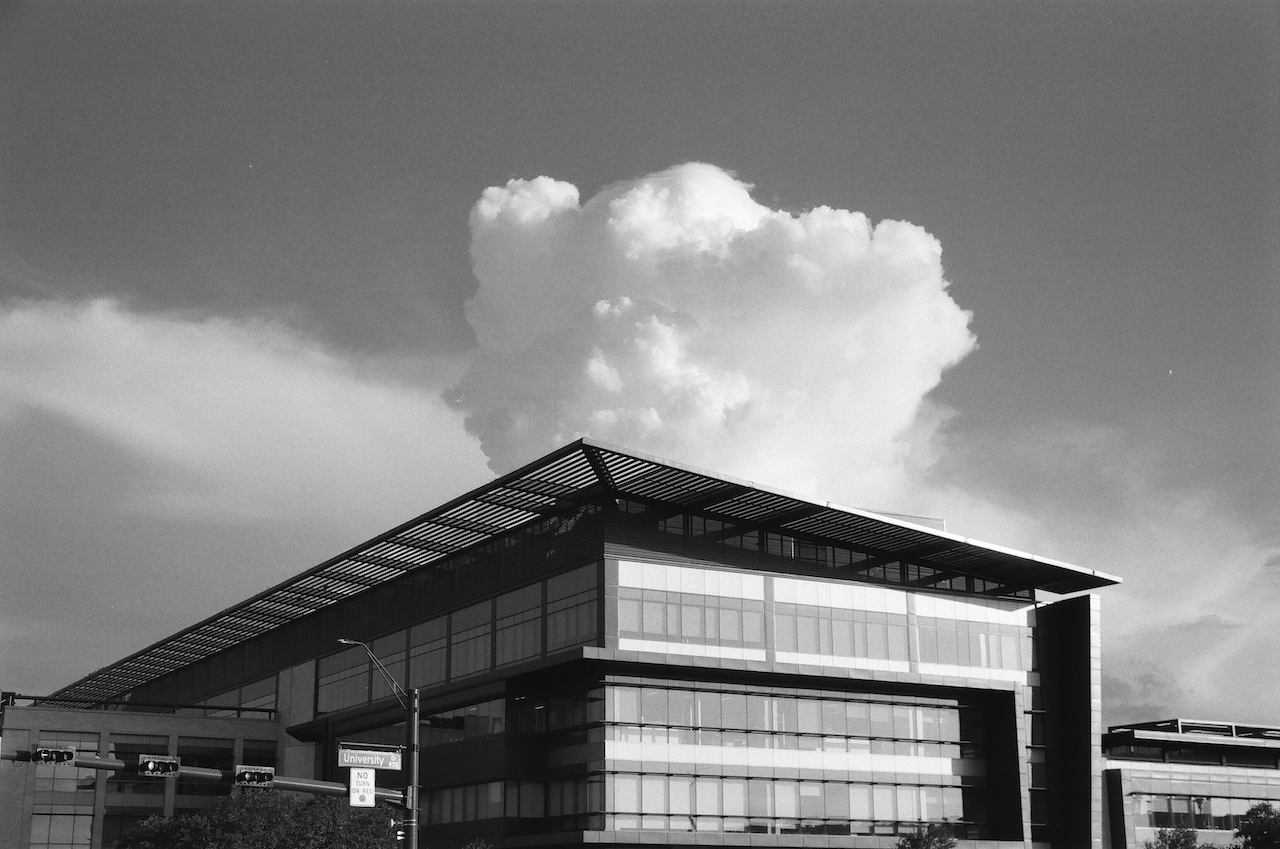
Compared with HP5 PLUS, FP4 PLUS has a smaller grainy effect. The tradeoff is a longer exposure time. With good light conditions, such as taking landscape photos on a sunny day, FP4 PLUS may be preferred.
References:
1. https://www.ilfordphoto.com/choosing-your-first-ilford-film/ ↩
2. https://www.nikonusa.com/en/nikon-products/product-archive/film-cameras/f5.html ↩
3. https://photographylife.com/lenses/nikon-af-nikkor-af-28-105mm-f3-5-4-5d-if ↩
4. https://hoyafilterusa.com/pages/how-black-white-filters-work ↩
5. https://www.ilfordphoto.com/hp5-plus-35mm ↩